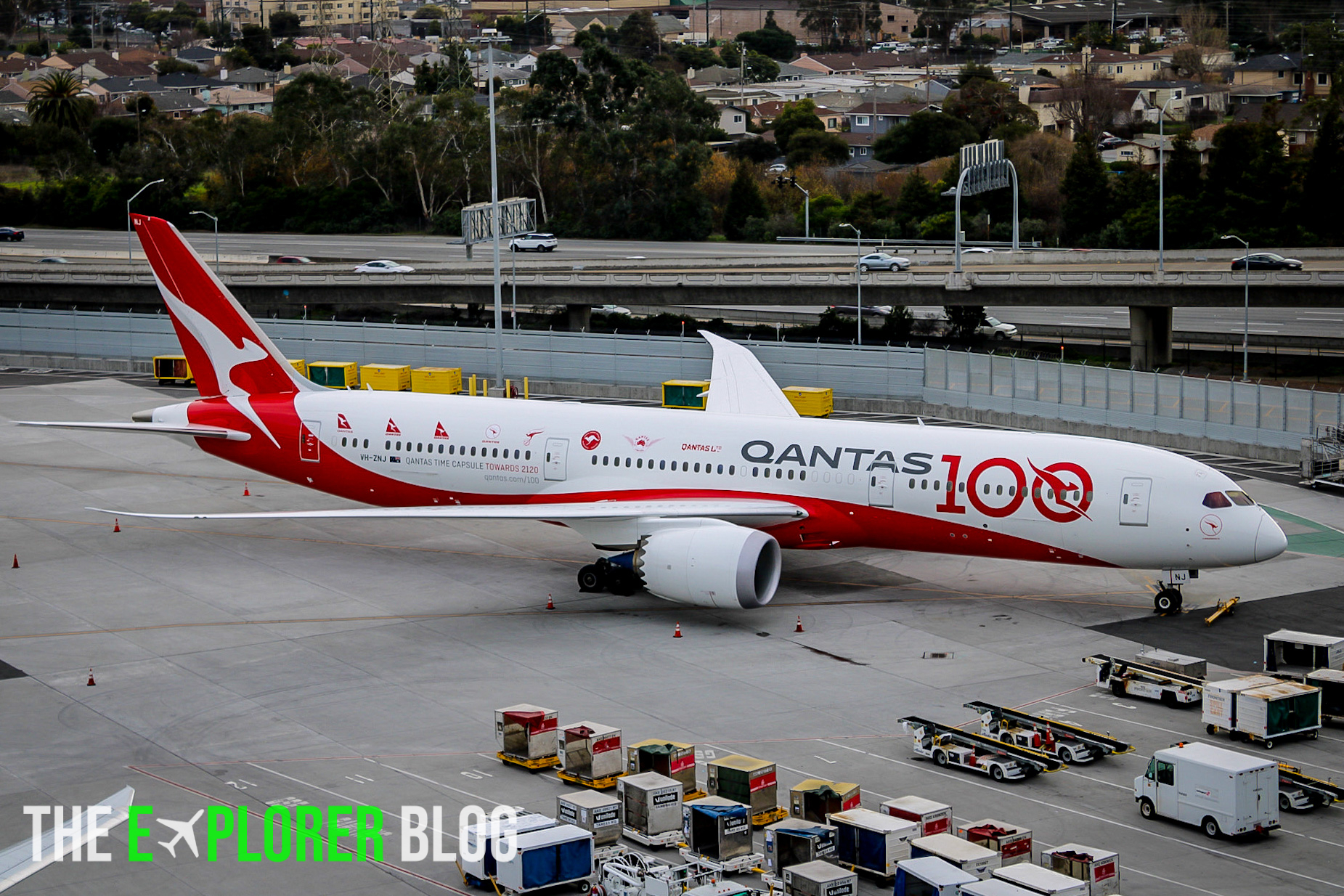The fastest flight to sell out in Qantas's 100 year history was a flight from Sydney to ... Sydney?
Regular business travelers have seen their lives changed by the COVID-19 pandemic. While some consider constant travel a negative, many travelers have felt a desire fly again. Of course, in many cases even domestic travel is not possible due to health restrictions. What is the solution? Flights to nowhere.

A term coined by Qantas to describe its latest sightseeing flights, the flight to nowhere is scheduled to be a seven-hour scenic journey over Australia on October 10. Passengers will be treated to views of Sydney Harbor, the Great Barrier Reef, and Uluru from the comforts of a Dreamliner. The opportunity is clearly popular: the flight sold out in ten minutes with ticket prices ranging up to $3000*. Qantas also offered passengers a complimentary lunch, flight certificates, and a gift bag. In addition, Qantas has been commissioned by the tour company Antarctica Flights to run similar "flightseeing" routes over Antarctica.
Similar stories have played out in Taiwan, Brunei, and Japan. Since September and late August, EVA flew Hello Kitty-themed flights around Taipei, ANA offered a "Hawaiian resort"-style 90 minute run over Tokyo Bay, and Royal Brunei Airlines even served cake to a passenger whose birthday fell on the day of the flight. Obviously, strict mask and social distancing protocol is enforced by all four airlines, though scientific consensus remains that the risk of contracting COVID-19 or any communicable disease is significantly higher aboard an aircraft.
Given the sole leisurely nature of these flights, airlines have also strived to present a different gate experience for passengers. Air travel is normally characterized by lines, stress, and hurrying, so airlines have added refreshments in the terminal or theming (like ANA's Hawaiian resort flight) to encourage a more relaxed atmosphere.

Of course, the sightseeing flights are not without its critics. Flying normally accounts for about 918 million tons of carbon dioxide in the atmosphere, a number that has decreased since the start of the pandemic. Reduced flying for the rest of 2020 would result in a 7% decrease in global emissions, according to The New York Times. It's also difficult to justify flights with zero practical purpose other than entertainment. Despite this, Qantas and Royal Brunei Airlines defended the flights; Qantas said it used carbon offsets (reducing emissions in other industries/areas) while Brunei said it used the Airbus A320neo, which has the fewest emissions out of many different planes.
Amid the pandemic and flying deprivation, would you take a "flight to nowhere?" Share your thoughts in the comments below.
*Australian dollars.
Sources
Export Development Canada Secures Aircraft Repossession in Nigeria Under Cape Town Convention » Passengers Encounter Bedbug Infestation on Multiple Turkish Airlines Flights » Thousands of Flights Impacted as Winter Storm Blair Hits U.S. »
Comments (0)
Add Your Comment
SHARE
TAGS
NEWS Qantas Sydney Flight Event Special Event Special Aviation TheExplorerBlogRECENTLY PUBLISHED
 Could You Survive a Plane Crash? The Unlikely Science of Plane Crash Survival
With air travel consistently being heralded as the safest form of public transport, most of us do not board a plane pondering our chances of survival in the event of a crash. But, is it possible to survive one?
INFORMATIONAL
READ MORE »
Could You Survive a Plane Crash? The Unlikely Science of Plane Crash Survival
With air travel consistently being heralded as the safest form of public transport, most of us do not board a plane pondering our chances of survival in the event of a crash. But, is it possible to survive one?
INFORMATIONAL
READ MORE »
 Maldivian Airlines Introduces First-Ever Widebody Aircraft, Plans New China Flights
Maldivian, the government-owned national airline of the Maldives, has just welcomed its first-ever wide body aircraft: the Airbus A330-200. With the new aircraft, the carrier also plans brand-new long haul international flights to China.
NEWS
READ MORE »
Maldivian Airlines Introduces First-Ever Widebody Aircraft, Plans New China Flights
Maldivian, the government-owned national airline of the Maldives, has just welcomed its first-ever wide body aircraft: the Airbus A330-200. With the new aircraft, the carrier also plans brand-new long haul international flights to China.
NEWS
READ MORE »
 Thousands of Flights Impacted as Winter Storm Blair Hits U.S.
Winter Storm Blair has unleashed a huge blast of snow, ice, and freezing temperatures across the Central and Eastern United States.
As of Sunday afternoon, over 6,700 flights and counting have been disrupted. This includes cancelations and significant delays leaving passengers scrambling to change flights and adjust travel plans.
NEWS
READ MORE »
Thousands of Flights Impacted as Winter Storm Blair Hits U.S.
Winter Storm Blair has unleashed a huge blast of snow, ice, and freezing temperatures across the Central and Eastern United States.
As of Sunday afternoon, over 6,700 flights and counting have been disrupted. This includes cancelations and significant delays leaving passengers scrambling to change flights and adjust travel plans.
NEWS
READ MORE »





